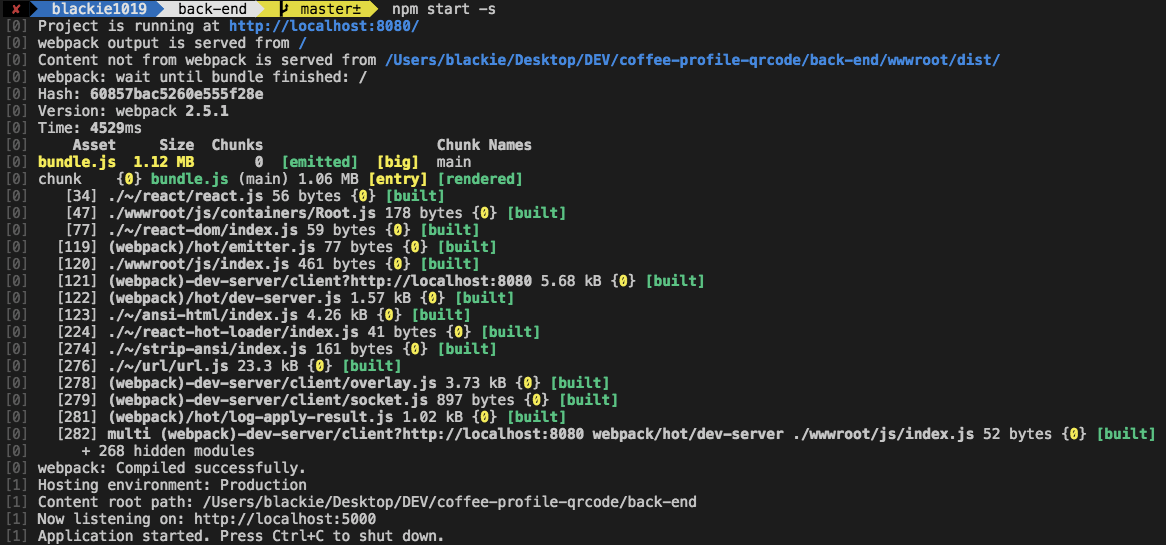
- #JAMF RUN SCRIPT UPDATE#
- #JAMF RUN SCRIPT UPGRADE#
- #JAMF RUN SCRIPT CODE#
- #JAMF RUN SCRIPT PASSWORD#
So your main script should reach a successful conclusion regardless of the secondary script. A script is a collection of commands in a single file to be run in. So long as it is a totally separate script instance, and running locally, the main script is saying run this script, and reports that it has done that. Scripts can be used to automate system processes and extend the functionality of Jamf Pro. You can even have it cleaned up by the main script. If your secondary script is really short, then you can have your main script build it, save it and give it permissions to execute, then it can run it.

#JAMF RUN SCRIPT UPDATE#
I use composer to package up some scripts and put them in a temp location, so that I can refer to them and run them locally. Bash script to start DEPNotify and run policies during enrollment with Jamf Pro Shell 323 87 NetSUS Public archive NetBoot and Software Update Server. This way the policies will run in order, and the secondary script can do its thing.
#JAMF RUN SCRIPT CODE#
usr/local/bin/jamf policy -trigger policy2 this apple script code works fine from the Script Editor app: tell application 'Finder' to delete ( (POSIX file '/Applications/Symantec Solutions/Symantec Endpoint Protection.app') as alias) Now, I need to run that from my MDM solution (JAMF), so I'm trying to get it into a bash file as this: osascript -e 'tell application \'System Events. usr/local/bin/jamf policy -trigger Policy1 Script example sh /Path/to/secondary/script.sh & Thankfully, a fellow Jamf user commented on a related feature request with a solution. Then when you run it and put the & after the line, your policy script will continue as planned and reach a conclusion. As of Jamf Pro Server version 10.28.0, the previously available jamf runScript for local scripts is being deprecated and while this did not achieve the same functionality of running scripts within Jamf it renewed my interest in finding a replacement. Your UID tool must accept account short names and respond with the UID you want for the user account.You could possibly try putting it all in 2 scripts, use the first script to send custom triggers to Jamf to run your policies, and also in the script set it to run your background script, have this as another script, it should be set up locally. Your UID tool must be an executable script. This can be used to match a local user account's UID with a user's LDAP UID attribute. Specifies a path to a UID tool that allows you to set a local user account's UID to a custom value during account creation. To enable this setting, set this value to "jamf". As data in the Jamf Pro database Before you can run a script in this type of environment, the script must exist in the database. When the Jamf Connect notify screen is configured, display Jamf Pro's policy logs during Automated Device Enrollment (formerly DEP) as status updates to users. I have deployed computers in our environment that have the same Deploy. Only one script can be used with Jamf Connect Login at any time.ĭisplay Jamf Pro policy logs as status updates on the Notify screen Im looking for a way to schedule the execution of a script at a specific time. The first thing we need to do is create a new Script in Jamf by going to Settings > Computer Management > Scripts.

APIaddtoStaticGroup adds the computer the script is run on to a Jamf Pro Static.


Specifies the path to a script or other executable run by the RunScript mechanism. API Scripts APIaddAdmin adds the user registered in the JSS to the admin list. Note: The ScriptPath key must bey specified. To start off, this script is meant to be used with Jamf Pro and makes use of Jamf Helper.
#JAMF RUN SCRIPT UPGRADE#
#JAMF RUN SCRIPT PASSWORD#
Configuring Settings with Jamf Connect Configuration XCreds is software is a macOS Security Agent Plugin and Menu Bar App that allows authentication and password sync with OAuth providers such as MS Azure, Google Identity and others. Thankfully, a fellow Jamf user commented on a related feature request with a solution.


 0 kommentar(er)
0 kommentar(er)
